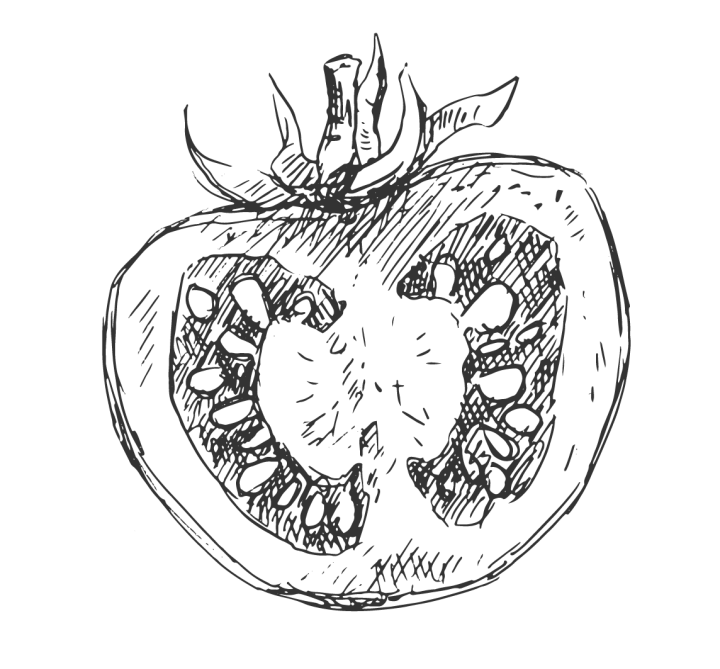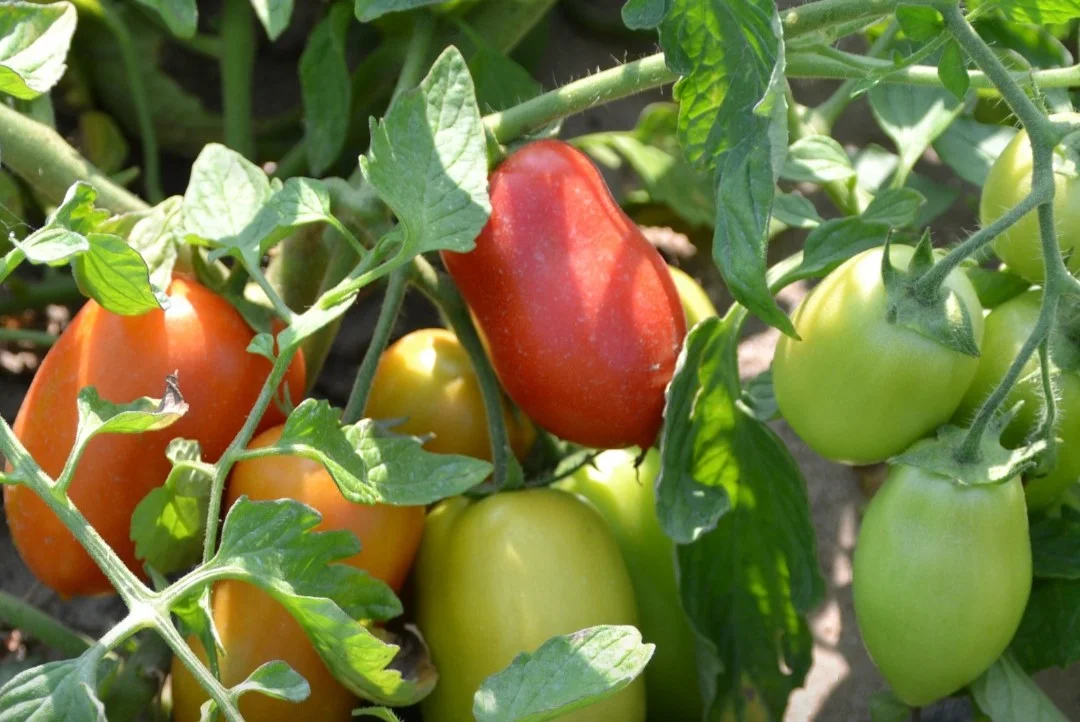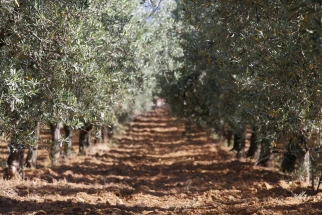
A European history of
The (Yellow) Tomato
The tomato - a vibrant and versatile fruit that has become an indispensable part of kitchens all around the world. In fact, we can't really imagine Italy without the tomato, but did you know that the tomato didn't exist in Europe for a long time? What's even more fascinating is that the history of the tomato in Europe began as yellow, not red. Italy played a crucial role in the introduction of the tomato, and now they can't do without it.
A challenging start in Europe
The introduction of tomatoes to Europe marks a fascinating episode in culinary history. Originally hailing from the lush landscapes of South America, tomatoes were first brought to Europe during the 16th century, thanks to explorers and traders returning from overseas expeditions. These exotic fruits, with their vibrant colors and unique flavor, quickly caught the attention of curious food enthusiasts throughout Europe. While some regions, including the Netherlands, were initially skeptical and considered tomatoes only as decorative plants due to their strange appearance, Italy played a crucial role in changing the tomato's fate. This Southern European country embraced the tomato with open arms and soon discovered its potential as a tasty and versatile ingredient that would find its place in the rich culinary traditions of the land.


A yellow start on Italian soil
Italy, with its fertile soils and passion for gastronomy, became a nurturing ground for early tomato varieties. Around 1750, Italians discovered that the yellow fruits, locally known as the "pomo d'oro" (translated as golden apple in Italian), were edible. The yellow tomato, with its radiant and sunny appearance, captivated Italians. These tomatoes were valued not only for their visual appeal but also for their delicious taste. Italy's culinary skills played a significant role in the tomato's journey. By crossbreeding different varieties, the red tomato was born around 1850.
Culinary evolution in Italy
While Italian chefs experimented with the tomato, a culinary revolution began to unfold. The tomato, whether red or yellow, found its way into traditional Italian dishes, adding vibrant color and rich flavor. Centuries-old recipes for pasta sauces and salads gained a new dimension with the addition of this new ingredient. This transformation turned Pasta alla Gricia into the famous Pasta All’Amatriciana and the iconic pizza would never have been possible without the tomato. The tomato, with its various colors, became a symbol of Italy's culinary diversity.


The resurgence of a yellow jewel
While the red tomato became the global face of this iconic fruit, the yellow tomato remained a cherished secret within Italian culinary circles. In recent years, there has been a renewed interest in heritage and heirloom tomato varieties, including the yellow tomato. Italian chefs and food enthusiasts have embraced the yellow tomato, celebrating its unique flavor as a tribute to their culinary heritage. One such advocate is Luigi di Tuccio, who gives the yellow tomato a starring role on his organic farm in Puglia.
A yellow thread in Italian cuisine
The resurgence of the yellow tomato in Italy represents more than just a culinary trend; it is a tribute to the deep-rooted connection of the country to its gastronomic past. The yellow tomato embodies Italy's dedication to tradition, authenticity, and the celebration of local flavors. By embracing the yellow tomato, Italy revives its historical relationship with this radiant fruit and enriches its culinary narrative.


A glimpse into the past, illumination for the future
The history of the yellow tomato, intertwined with Italy's culinary heritage, is a journey that takes us through time and across regions. Italy's role in embracing and elevating the yellow tomato demonstrates the profound influence of the country in shaping culinary trends. As we savor the unique flavors of the yellow tomato in Italian dishes, we not only cherish history but also partake in the ongoing legacy of this golden jewel within the fabric of Italian cuisine.


.jpg?resolution=1024x340&type=webp&quality=90)
.png?resolution=322x0&quality=90&type=webp&background=FFFFFFFF&force_jpg_crop=1)
.jpg?resolution=322x0&quality=90&type=webp&background=FFFFFFFF&force_jpg_crop=1)
